CELESTIAL INSIGHT
Making heaven in a lab: Scientists solve aurora mystery
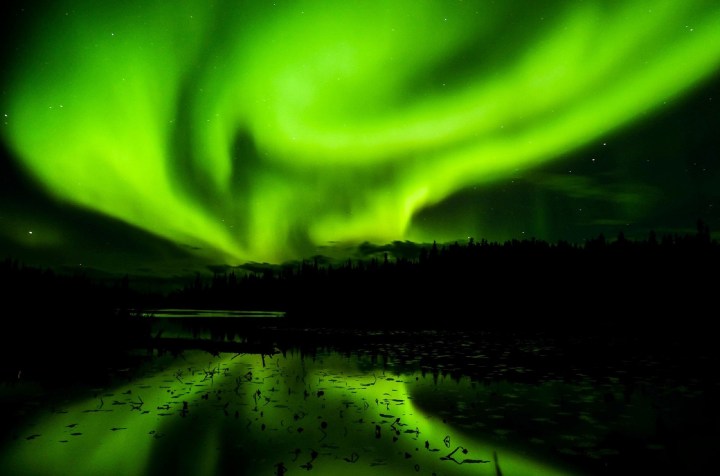
Wave-driven electrons prove the key to the celestial light show’s stunning signature
Think of the aurora — those lustrous shows of light pouring across polar night skies — as nature’s answer to preposterous party streamers.
Displayed as sweeping greens, reds and yellows, these phenomena shoot through the heavens when air molecules and the Sun’s charged particles collide above our extreme northern and southern latitudes. Especially to Scandinavia’s first settlers, and to humanity since, the aurora has persisted as the stuff of mystery.
“The lights flare up again, tongues of flame that writhe and lick the heights of the sky,” muses Georgina Harding’s hero in her 2007 novel, The Solitude of Thomas Cave, as the whaler-turned-environmentalist tries to outlast a polar winter, alone, in 17th-century Svalbard. Those lights “melt away, and in the moonlight she is no longer there”, Thomas Cave observes after hallucinating his dead lover into being.
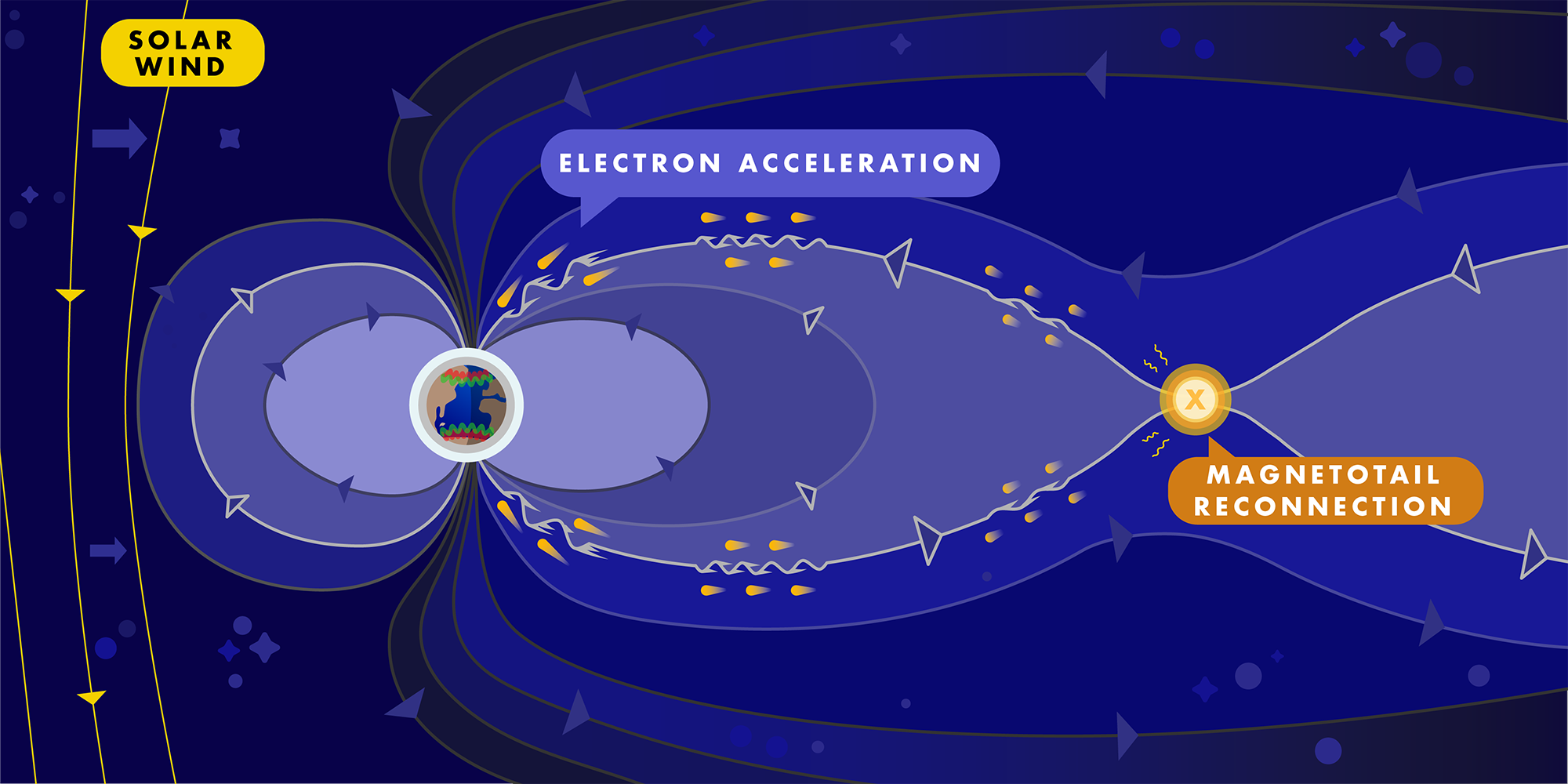
An overview of the magnetosphere: Magnetotail reconnection and Earthward Alfvén waves. (Image: Austin Montelius, College of Liberal Arts and Sciences, University of Iowa)
Now, by reproducing scaled, mini versions of the mechanisms said to fuel the aurora, scientists say they have demonstrated the fundamentals that underpin this thing of atmospheric wonder.
Peeking through the chink in the matrix
The new results, published this week in Nature Communications and replicated by a team of US scientists in a lab, were first predicted back in the 1940s by Soviet physicist Lev Landau, winner of the 1962 Nobel Prize in Physics. Although not shown in action, his theory suggested that geomagnetic storm waves would speed up solar electrons so much that their impact with atmospheric molecules would explode into the distinct curtains of light we call the aurora.
But this rippling kaleidoscope is only the encore. It is just a chink in the matrix of what actually happens thousands of kilometres above Earth’s surface in the magnetosphere, that region of space created in the dance between our magnetic field and the solar wind.
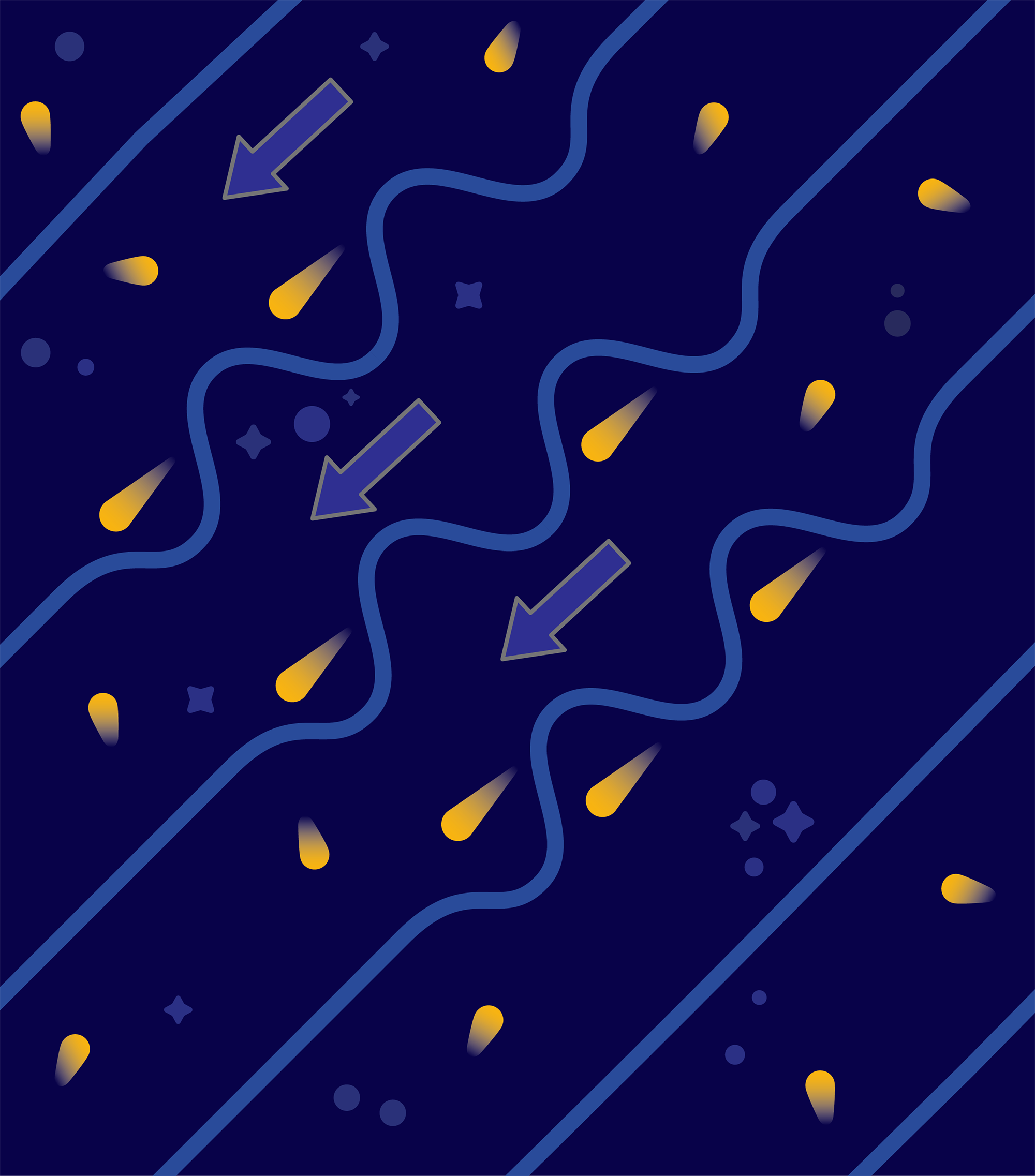
Electron surfing: Electron acceleration by Landau Damping. (Image: Austin Montelius, College of Liberal Arts and Sciences, University of Iowa)
Up there, the aurora’s makings lie in the ‘hoof prints’ of the great electron calvary as it heads towards our planet on a field affected by “Alfvén waves”. These very Alfvéns are forged through violent geomagnetic storms, which disturb both the solar wind as it powers through space and the magnetic field lines above Earth. (They are named after the 1970 Nobel-winning Swedish physicist Hannes Alfvén.)
When the electrons are surfing in the same direction as the storm-generated Alfvéns, the energy of these waves is transferred to the speeding electrons thanks to a process known as “Landau Damping”.
Now, picture these intrepid little electrons living their best lives as they barrel through the magnetosphere at speeds of up to 20,000 kilometres per second (km/s).
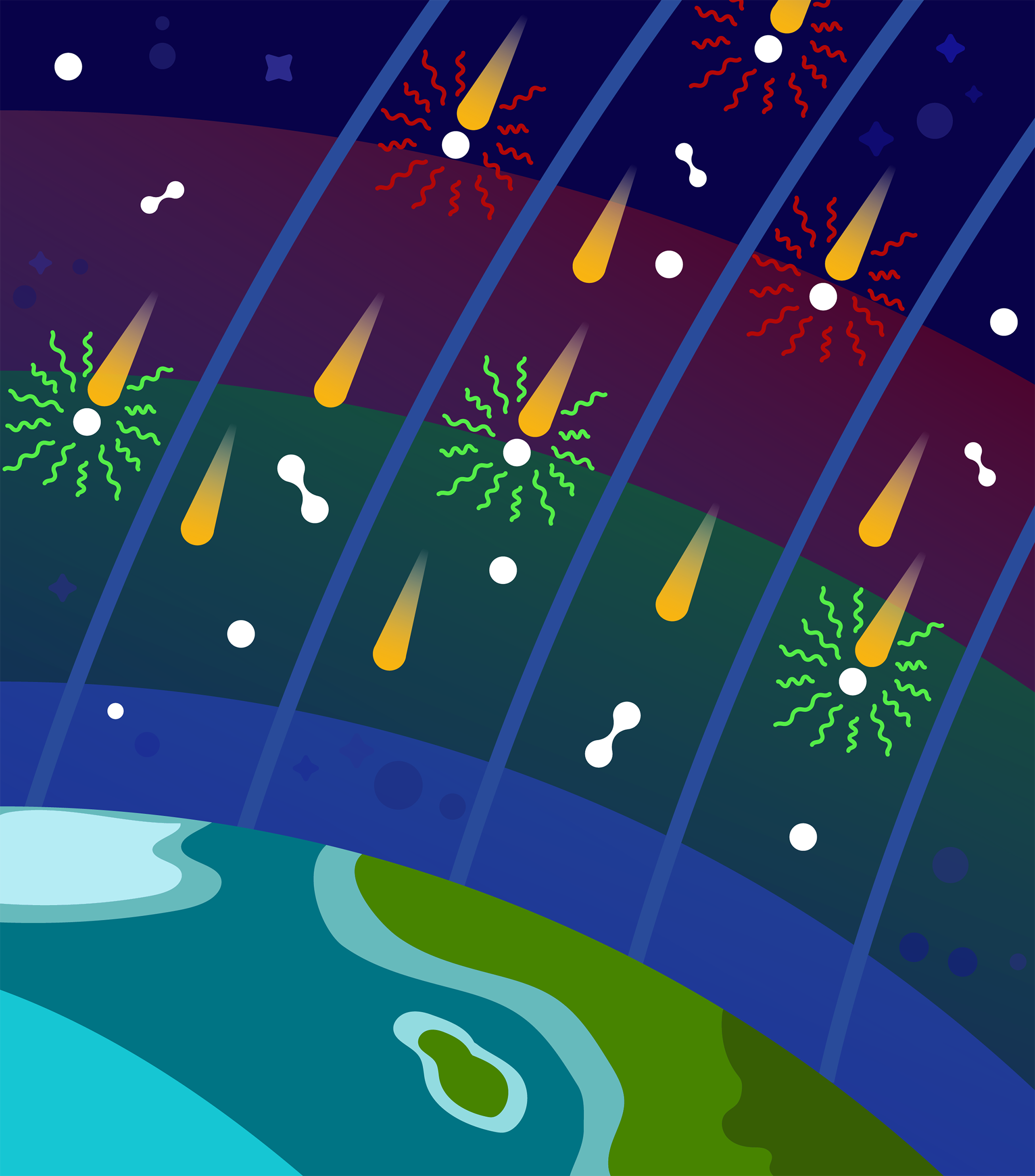
The glowing aurora: Auroral emission by collisional excitation. (Image: Austin Montelius, College of Liberal Arts and Sciences, University of Iowa)
As the Alfvéns hasten towards Earth, the growing strength of our planet’s magnetic field accelerates the waves from typical speeds of 5,000km/s up to almost 35,000km/s.
The Alfvén momentum sends the electrons crashing into nitrogen and oxygen molecules in the upper atmosphere. And here, during an orgiastic encore, the molecules emit a light show so tantalising they manifest as a burst of distinct curtain calls.
Or so the theory went, anyway.
Sounding rocket flights and spacecraft missions have provided evidence that Alfvéns speed up auroral electrons. And yet such measurements had been limited, the new paper’s authors note, thwarting confirmation of this theory up to now.
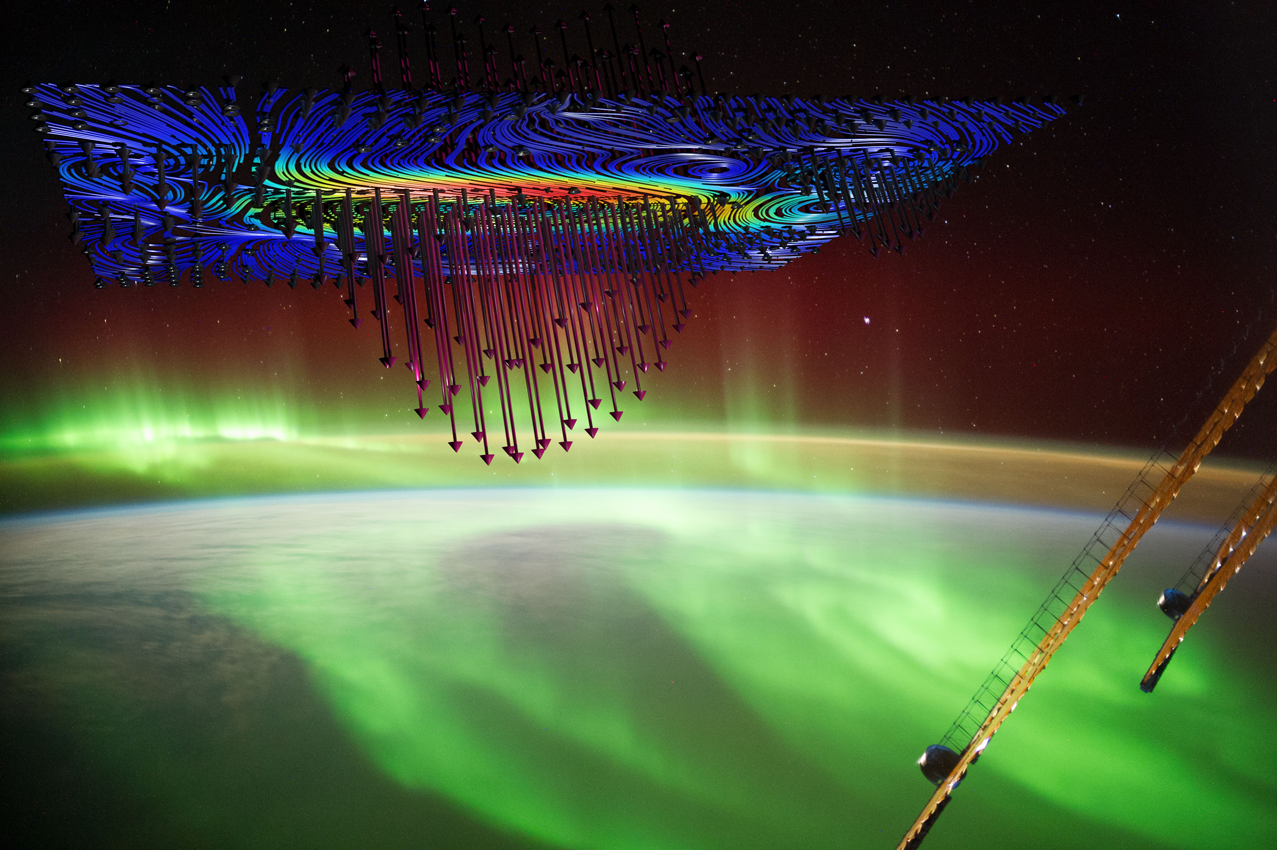
Depiction of accelerated electrons precipitating in the aurora. (Image: Auroral photograph: Alex Gerst, NASA; experimental data visualisation: Steve Vincena, University of California, Los Angeles)
The real decades-long, if slightly bizarre, questions were thus: just how are these particles accelerated from space down towards Earth?
And how does one replicate the magnetosphere in a lab?
Could someone please call the LAPD?
The researchers’ answer to the frustrations of the past was doing experiments in a giant cylinder vacuum called the Large Plasma Device (LAPD), based at the Basic Plasma Science Facility of the University of California, Los Angeles. The University of Iowa, Wheaton College and the Space Science Institute also collaborated on this research.

Panoramic view of the Large Plasma Device (LAPD). (Image: Basic Plasma Science Facility, University of California, Los Angeles)
Their hope was to recreate the conditions that mirror those of Earth’s auroral magnetosphere above the poles. To do this, the researchers needed to measure just a small population of electrons charging down the chamber at almost the same speed as the Alfvéns (like measuring the fastest surfers paddling to catch an ocean wave).
And so the team invented, tested, developed and refined precision instruments, such as a new type of electromagnetic probe and a high-power antenna for launching Alfvéns. They also exploited a recently developed field-particle technique.
Next, the team launched the Alfvéns through the LAPD, a beast of a cylinder vacuum spanning about 20m (more than double the length of an old London Routemaster bus).
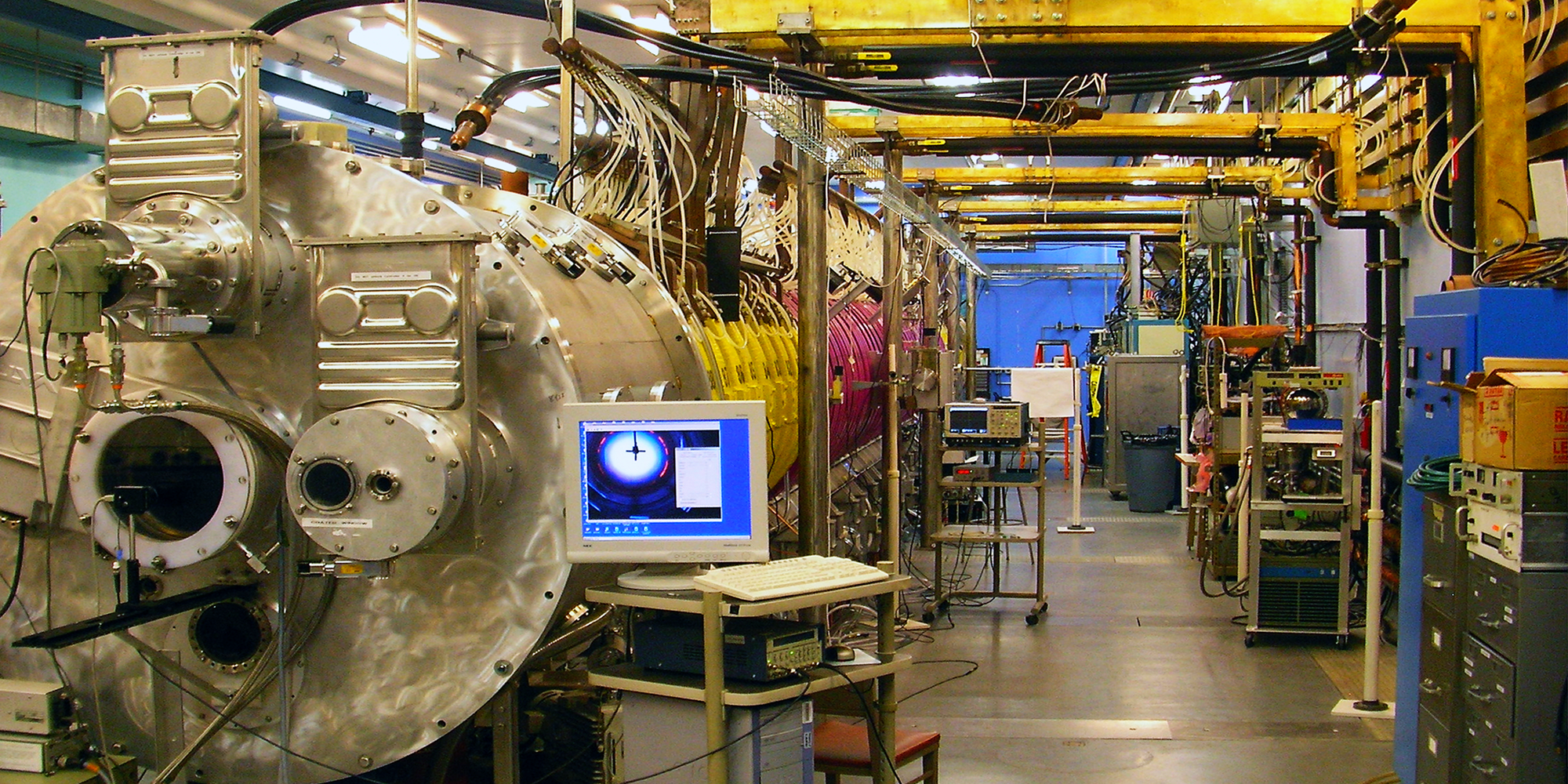
End view of Large Plasma Device (LAPD). (Image: Basic Plasma Science Facility, University of California, Los Angeles)
Wrapped in water-cooled coils that can produce a force about 3,500 times stronger than Earth’s magnetic field in Los Angeles, the chamber was fired up with plasma heated to an electron temperature of 45,000°C.
Finally, by combining measurements of the Alfvéns’ electric field as well as the electrons, the researchers say this challenging exercise reproduced the holy grail of aurora results. That is, a “unique signature” of electron acceleration by Landau Damping. The signature was supported by numerical simulations and analytical modelling.
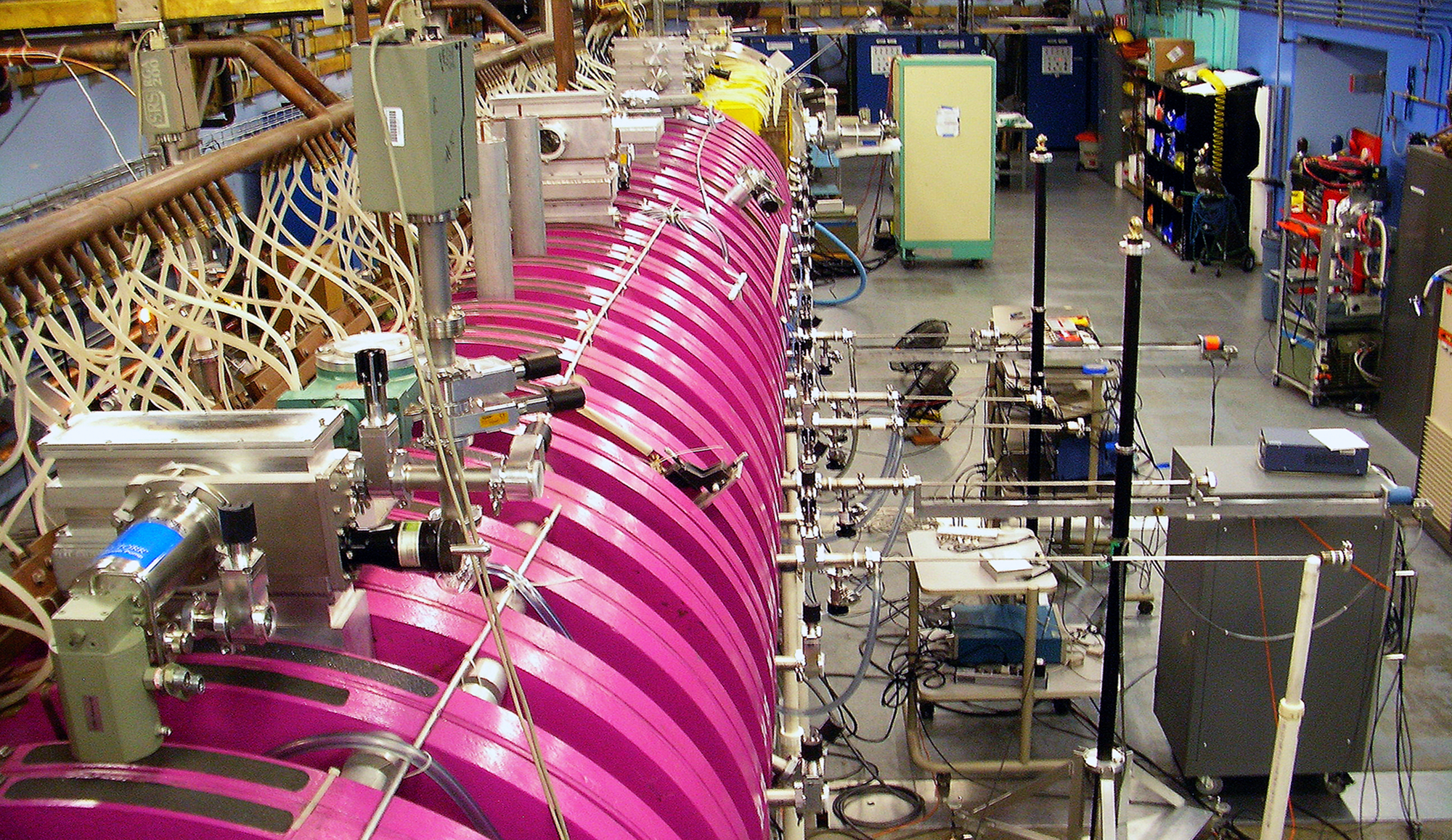
Top view of Large Plasma Device (LAPD). (Image: Basic Plasma Science Facility, University of California, Los Angeles)
This provides the first direct test that Alfvén waves do unleash fast, aurora-creating electrons.
‘A result that appeals to our sense of awe’
The findings supplied “an important piece of the puzzle”, argued Wheaton College’s Jim Schroeder, an author on the study.
“Alfvén waves are present above a large fraction of auroras, especially the bright and active auroras that occur during geomagnetic storms. Being able to say definitively that electrons are accelerated towards Earth in these conditions by surfing Alfvén waves helps us understand these brilliant auroral displays,” Schroeder said. “It’s a result that appeals to our sense of awe and wonder; our eyes have been drawn upwards by northern and southern lights for millennia.”
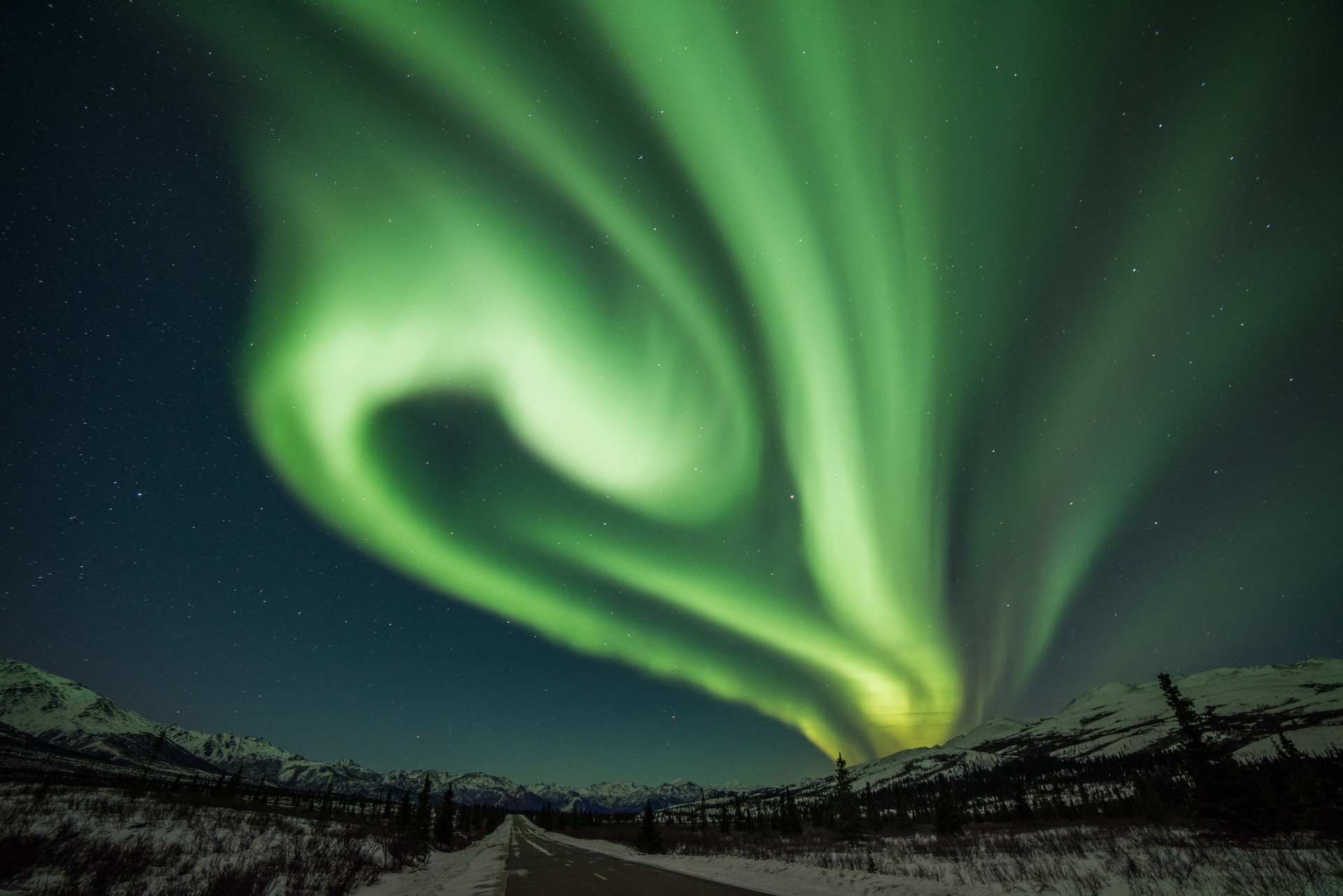
Alaskan Aurora (Aurora Borealis), or Northern Lights. (Image: Jean Beaufort, CC0 Public Domain licence)
Schroeder said that “understanding the physics of near-Earth space is practical too” as geomagnetic storms and the aurora could “adversely impact” this “region of space, heavily populated with satellites” for communication and navigation.
According to principal investigator Gregory Howes, of the University of Iowa, “the project required the development of specialised equipment and techniques over a number of years to show finally that Alfvén waves can accelerate electrons above the aurora.
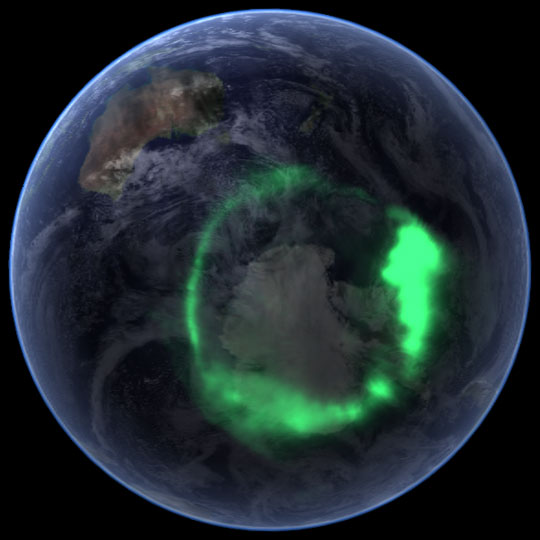
Aurora Australis, or Southern Lights, over Antarctica. (Image: NASA Goddard Space Flight Center)
“After reproducing conditions in space above the aurora, our collaboration launched a large Alfvén wave through the machine and, after a tense wait while processing our measurements, we were thrilled to see we had finally succeeded in measuring the acceleration of the electrons as they surf on Alfvén waves.”
Reacting to the findings, Vyacheslav Lukin, US National Science Foundation director for plasma physics, noted the “experimental confirmation” of the aurora physics was due to the researchers’ “persistent ingenuity”.
The results were “exciting”, added Michael Hahn, a research scientist in Columbia University’s astrophysics laboratory.
“Showing how Alfvén waves accelerate electrons to form the aurora are a great example of how the interplay between observational and laboratory astrophysics can advance astronomy,” Hahn said. “Making measurements directly in the magnetosphere is difficult. By reproducing similar conditions in the laboratory we can put the physics under a microscope and understand in detail what is going on.” DM/OBP











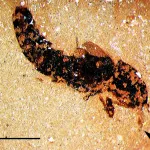








 Become an Insider
Become an Insider
I love the humour within the science!
By showing that Alfvén waves can accelerate electrons above the aurora will benefit mankind tremendously I would imagine
Much fundamental research proved their immense value later. Just think of Albert Einstein´s theory of relativity.
Well written.